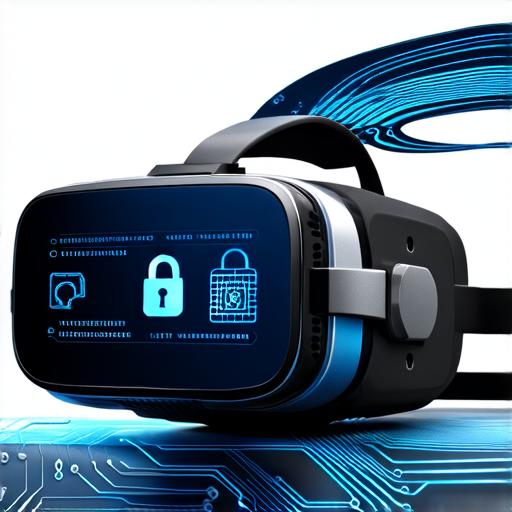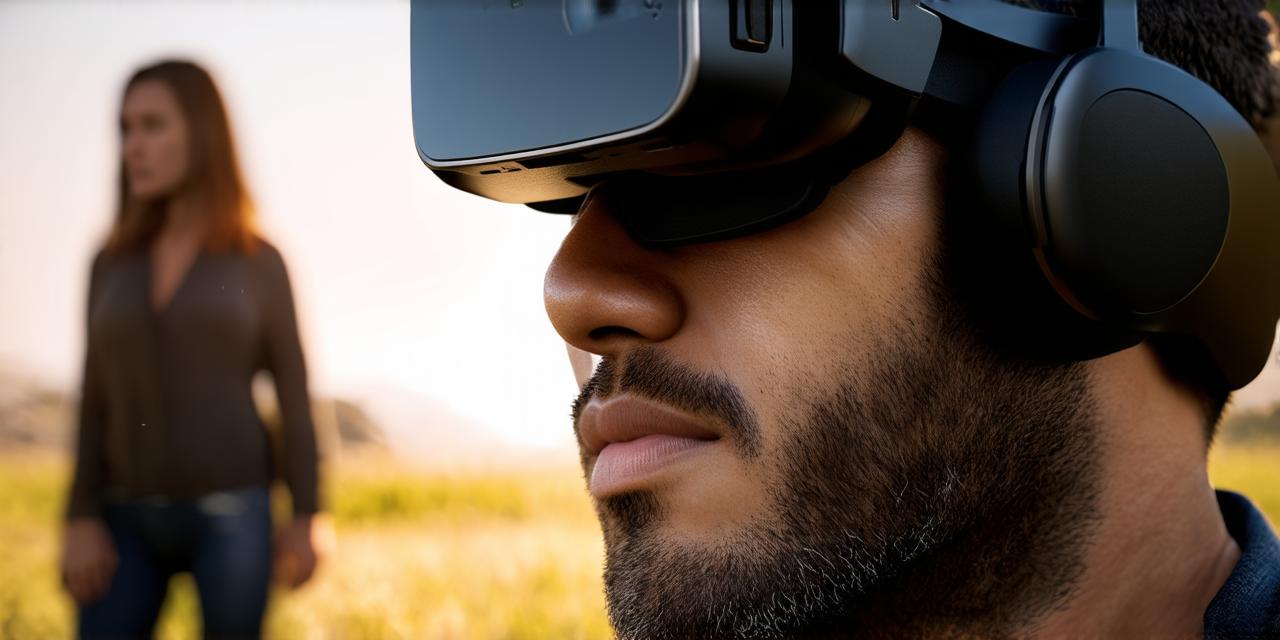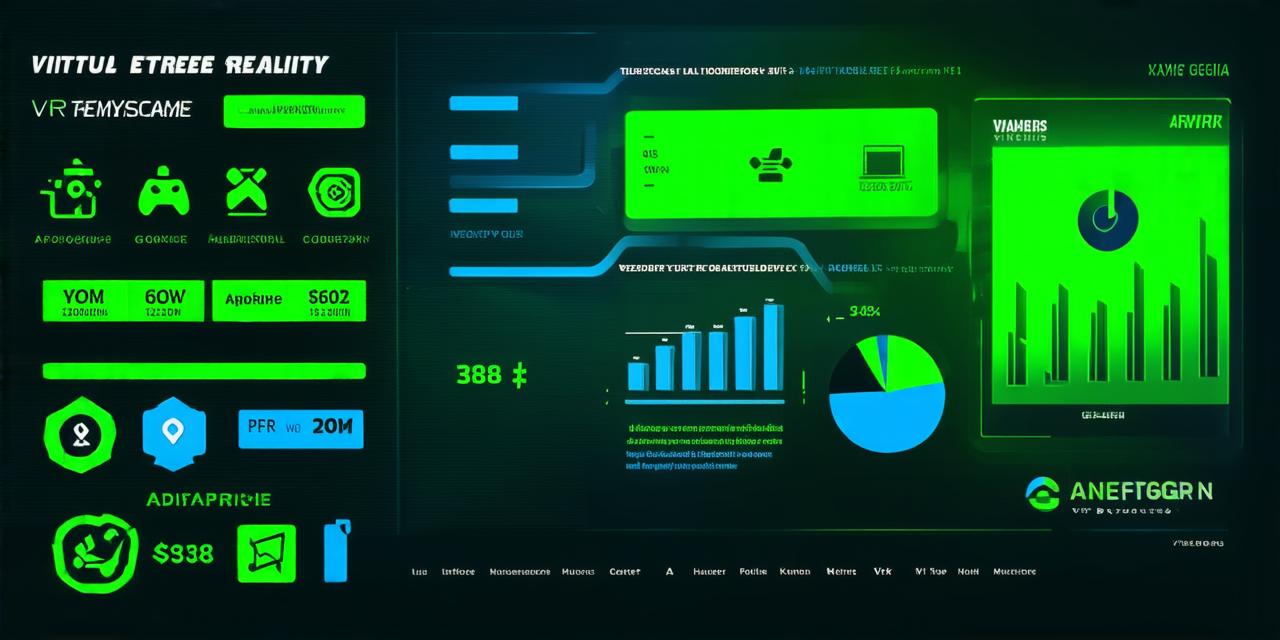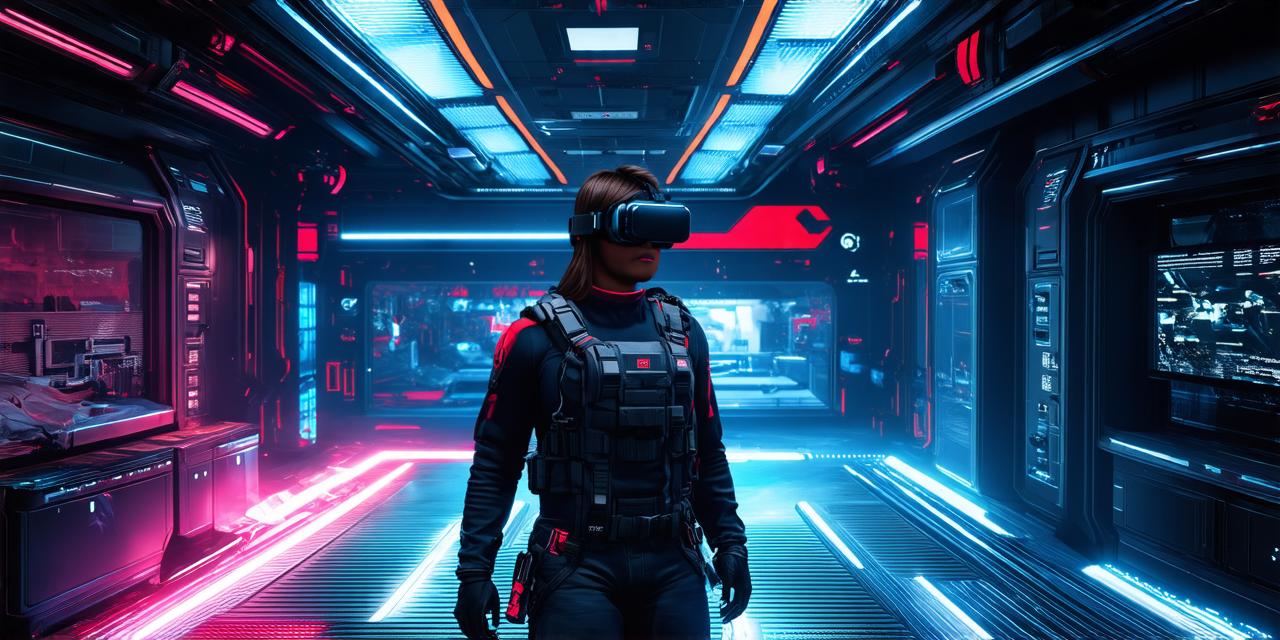Why is Cybersecurity Important in VR?
As VR technology continues to advance, so do the potential risks associated with it. Hackers can exploit vulnerabilities in VR systems to steal sensitive data, disrupt operations, or even cause physical harm. Cybersecurity measures are therefore essential to protect VR systems and ensure that users can safely interact with virtual environments.
The Benefits of VR for Cybersecurity
Despite the potential risks, VR also offers several benefits for cybersecurity. One such benefit is its ability to provide a realistic and immersive training environment for security professionals. With VR, users can practice responding to cyber threats in a safe and controlled environment, allowing them to hone their skills and improve their overall effectiveness.
Another benefit of VR for cybersecurity is its ability to enhance physical security. VR systems can be used to simulate physical environments and test security measures, helping organizations identify vulnerabilities and improve their overall security posture.
Case Studies: Real-Life Examples of VR in Cybersecurity
One example of how VR is being used for cybersecurity training is the Virtual Reality Security Training program offered by Immersive Tech. This program uses VR to simulate real-world cyber threats and provide security professionals with hands-on training in responding to them. The program has been successfully implemented by organizations such as the Department of Defense and the FBI.
Another example of how VR is being used for physical security is the use of VR simulation to test the effectiveness of security measures in real-world scenarios. For instance, a study conducted by the University of Maryland found that VR simulations were effective in identifying vulnerabilities in physical security systems and improving overall security posture.
The Future of VR in Cybersecurity
As VR technology continues to evolve, we can expect to see even more innovative uses for cybersecurity training and physical security testing. For instance, VR systems could be used to simulate complex cyber attacks and test an organization’s ability to respond to them in real-time. This would provide organizations with valuable insights into their security posture and help them identify areas for improvement.
FAQs: Common Questions About VR in Cybersecurity
1. What are the potential risks associated with VR technology?
Hackers can exploit vulnerabilities in VR systems to steal sensitive data, disrupt operations, or even cause physical harm.
2. How can VR enhance cybersecurity training?
VR offers a realistic and immersive training environment for security professionals, allowing them to hone their skills and improve their overall effectiveness.

3. What are some real-life examples of how VR is being used for cybersecurity?
The Virtual Reality Security Training program offered by Immersive Tech uses VR to simulate real-world cyber threats and provide security professionals with hands-on training in responding to them.
4. How can VR be used for physical security testing?
VR systems can be used to simulate physical environments and test security measures, helping organizations identify vulnerabilities and improve their overall security posture.
5. What are some potential future uses for VR in cybersecurity?
We can expect to see more innovative uses for cybersecurity training and physical security testing, including the integration of machine learning algorithms and artificial intelligence into VR systems for threat intelligence purposes.




